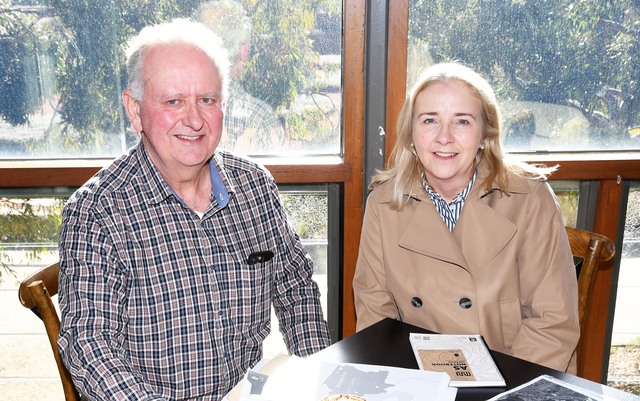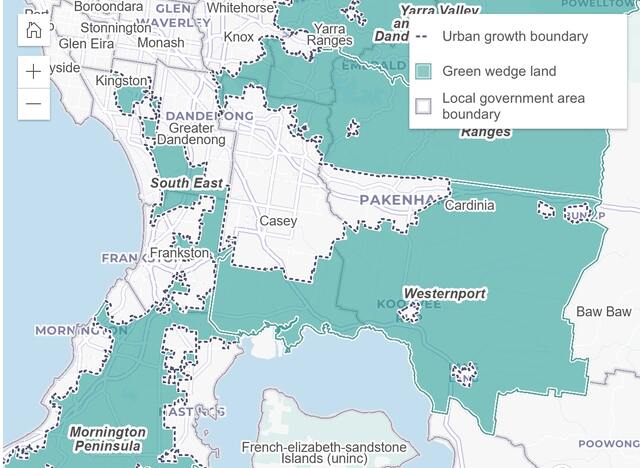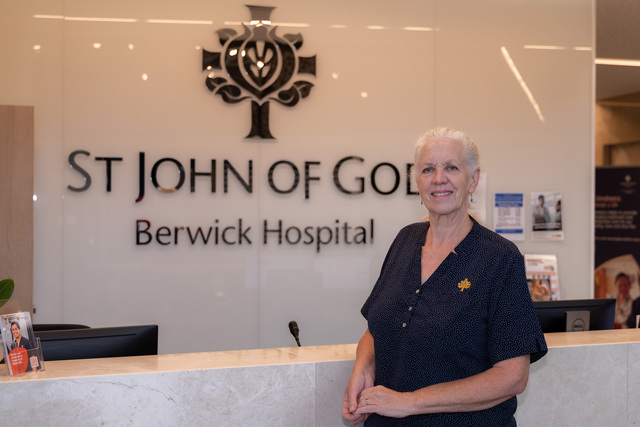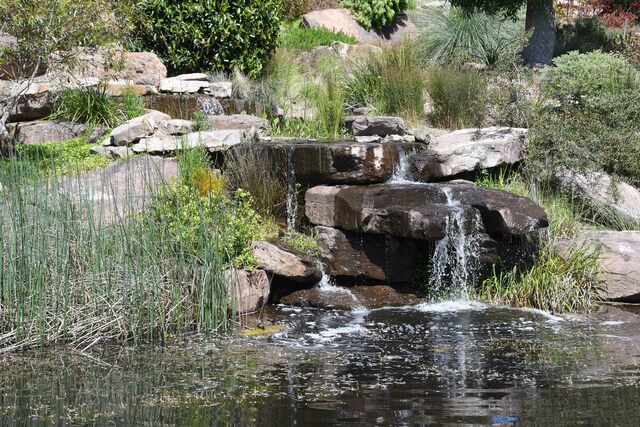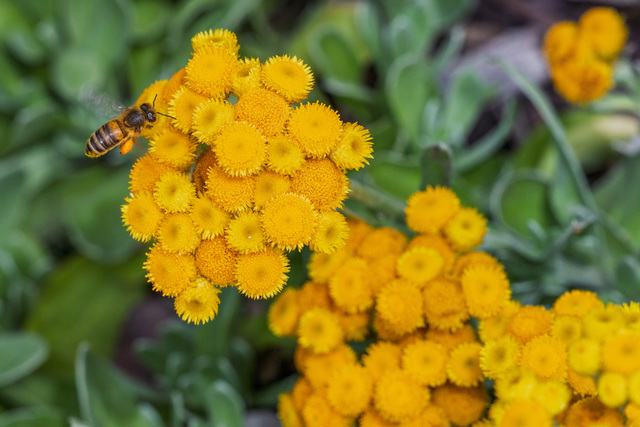A new community group has been formed to protect the Western Port Green Wedge from “inappropriate land uses”.
Western Port Green Wedge Protection Group (WPGWPG) is working to protect the Western Port Green Wedge from further destruction and fragmentation by challenging legislation and opposing unsuitable developments.
The group was formed in March this year in response to a growing number of planning applications for “discretionary urban uses” across the area.
Over the past few years, the local community has seen a few planning applications for temples and accompanying religious events at their green wedge doorsteps, including a high-profile $4.5 million Hindu temple complex in Pearcedale, a Hindu place of worship at 104 Browns Road in Cranbourne South, which secured the endorsement of Holt MP Cassandra Fernando, and a big-scale three-week Hindu cultural event at the old Five Star Equestrian Center in Cranbourne South.
Locals have formed several community groups to bring the Pearcedale and Browns Road applications to the state tribunal VCAT, and they are now waiting for the outcome.
Another planning permit application for a $3.5 million place of worship at 600 Cranbourne-Frankston Road in Cranbourne South has just been lodged on 11 July.
Group leader David Cole said there were many applications submitted for developments and land uses that are not in line with Green Wedge policy, with places of worship being only one category.
“The number of applications for places of worship, in particular, is increasing at an alarming rate,” he said.
“Many of these are very large, in both the number of patrons they attract and the number of acres they occupy.
“Many acres of land zoned as Green Wedge are being targeted by religious organisations.“
Urban-style developments such as places of worship and educational facilities were prohibited on green wedge land prior to a 2013 statewide planning scheme amendment.
The change gave local councils the power to approve proposals that had previously been automatically refused.
WPGWPG’s group purpose statement says its role is to create community awareness of the threats, and, through the council objection process and VCAT, ensure the permanent protection of the Green Wedge.
“The importance of Green Wedge Zones will only increase as urban growth continues to threaten our open rural and scenic, non-urban landscapes,“ the statement says.
“It is vital to preserve these green spaces for their agricultural role, environmental significance, biodiversity and wildlife habitat, and their historical, recreational, community health and landscape value.”
Mr Cole said the group is not against any religious activity or development, and the group acknowledges people have valid needs for religious activities, but considers green wedge land as an unsuitable place for such development. He cited sewage system constraints on rural lands, lack of accessible public transport, unsafe dirt roads for heavy traffic, the possibility of startling farm animals and the damage to wildlife and their habitats.
Mr Cole pointed out that one of the fundamental reasons behind frequent place of worship applications on the green wedge is the lack of designated space for religious facilities in new suburb planning.
“Many years ago, when I was a child and grew up in Melbourne, new estates used to have churches built into them. You had blocks of land, and churches would be built in those areas as the suburbs rolled out,” he said.
“But nowadays, they don’t have any provision for a place of worship in the Precinct Structure Plans (PSP).
“You’re bringing all these new people into the country. They have valid needs for their places of worship. You’re rolling out all these suburbs for them to live in, and you don’t make any space for their cultural needs.
“We want to get that changed. Fundamentally, governments are not providing for places of worship within the urban area, to the significant detriment of Melbourne’s Green Wedges.”
The group believed that places of worship should be built in areas with sufficient infrastructure to meet the needs of participants.
“There are plenty of churches and places of worship all across Melbourne, built into the urban area,” Mr Cole said.
“They’re built in more suitable places with access to public transport, car parking around them and with general urban infrastructure already on hand.”
In terms of other policy changes, the group is also rooting for a recommendation from a Victorian parliamentary committee on removing all discretionary Section 2 uses in the green wedge, such as places of worship, schools, and exhibition centres, by March 2027.
The recommendation came from an inquiry report into securing the Victorian food supply in late 2024, and the State Government hasn’t responded to it.
Though locals have remained determined in scrutinising individual planning applications through VCAT, WPGWPG members admitted that this case-by-case approach could be costly, time-consuming, and ultimately unsustainable.
Without meaningful legislative reform, they argued, the burden of defending green wedge land will continue to fall on community volunteers, many of whom must fundraise or pay out-of-pocket to navigate complex planning systems and legal processes.
“We don’t want the residents to have to go around to raise $50,000 plus every time one of these applications is lodged. It’s very costly,” WPGWPG member Jenny Dalgleish said.
“We’ve seen all the documents the planning lawyers produce. There’s no way we, as residents, would be able to put that sort of stuff together. It’s very complicated.
“And we all used our annual leave just to run these campaigns and donated our savings to fund them.”
There are many facets to running a community campaign, as explained by Mr Cole.
“In addition to compiling our cases to explain why we are opposing an application, we have created a Facebook page for our members to stay informed,” he said.
“We have a petition for people to sign. We have various avenues set up for fundraising, including a GoFundMe campaign and a registered container deposit scheme so that people can collect and donate containers, cans and bottles.
“It’s very time-consuming, but it’s necessary.”
Mr Cole said that time is running out for the Western Port Green Wedge.
“Each application that is approved paves the way for further inappropriate development,” he said.
“Our group is focusing on raising awareness, getting to know more people who are passionate about protecting the Green Wedge, building our network and opposing applications as they arise.
“The Western Port Green Wedge Protection Group Facebook page is the ideal place to connect with our group. All are welcome, and we encourage respectful and inclusive discussion. Working together as a community will result in better outcomes for all.”
Western Port Green Wedge, stretching from the City of Casey into parts of Cardinia Shire, is one of 12 designated green wedges encircling metropolitan Melbourne, non-urban areas protected by planning policy since the 1970s to limit urban sprawl.
It incorporates many suburbs in the rural areas, including Cranbourne South, Pearcedale, Devon Meadows, Cannons Creek, Warneet, Blind Bight, Tooradin, Cardinia, Koo Wee Rup, Bayles, Nar Nar Goon, Tynong, Garfield, Bunyip, Heath Hill, and Lang Lang.
To join the group: facebook.com/groups/680700307958173

